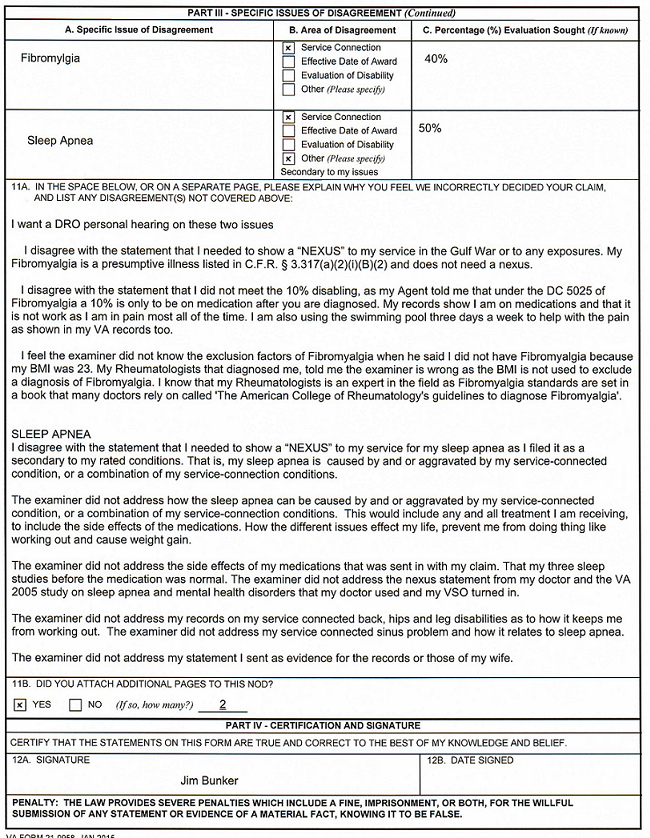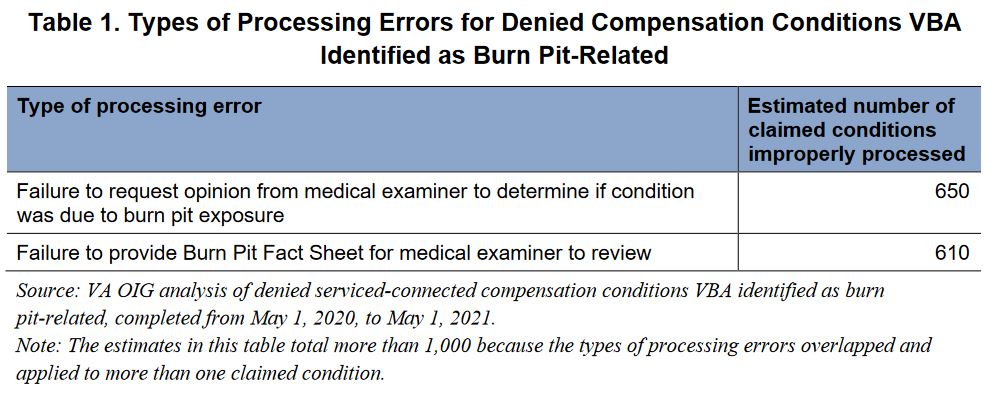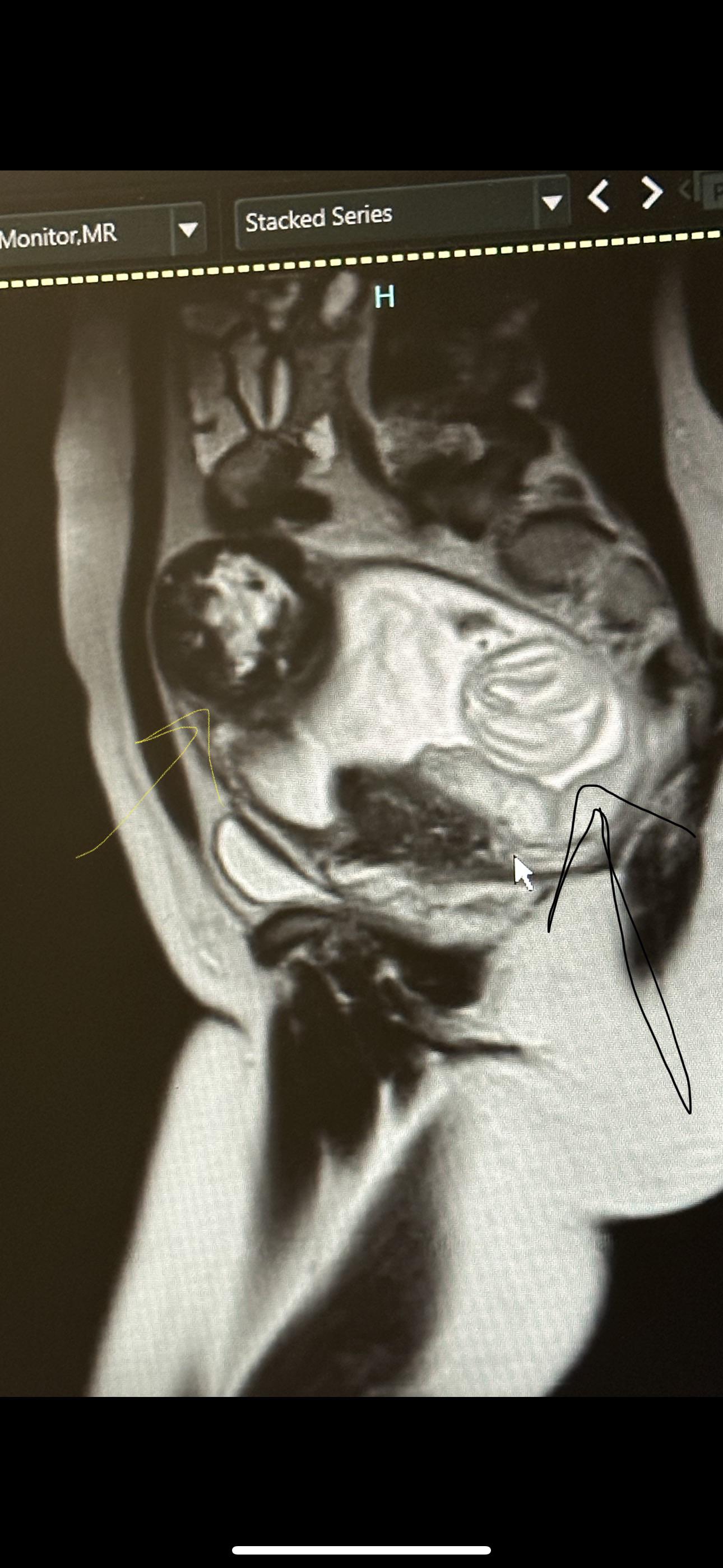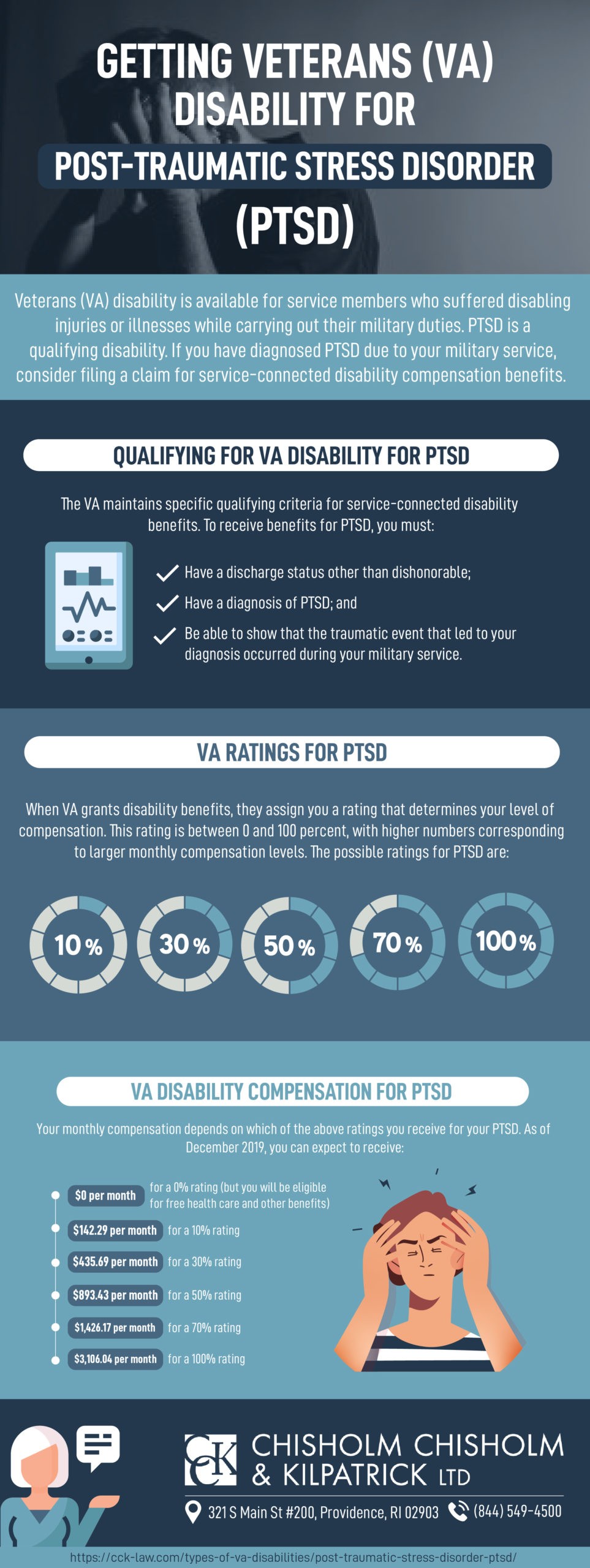Service Connected GERD PACT Act Claims

Understanding Service Connected GERD PACT Act Claims

GERD, or Gastroesophageal Reflux Disease, is a condition in which stomach acid frequently flows back into the tube connecting the mouth and stomach (esophagus). This backwash (acid reflux) can irritate the lining of the esophagus, causing discomfort. Although it’s a common condition, for veterans, it can be particularly challenging, especially when it’s linked to their military service. The PACT Act, which includes provisions for toxic exposure, has brought new attention to service-connected claims for conditions like GERD. In this blog post, we’ll delve into the details of service-connected GERD PACT Act claims, how to navigate the process, and what veterans need to know.
What is the PACT Act?

The PACT Act, or the Promise to Address Comprehensive Toxics Act, is a significant piece of legislation aimed at expanding VA health care and benefits for veterans exposed to toxic substances during their military service. It includes a list of presumptive conditions associated with exposure to burn pits, Agent Orange, and other hazardous substances. While GERD itself is not listed as a presumptive condition under the PACT Act, veterans may still be able to establish a service connection if they can show that their GERD was caused or aggravated by their military service, including exposure to toxic substances.
Establishing a Service Connection for GERD

To establish a service connection for GERD under the PACT Act, veterans must demonstrate three key elements: - An in-service event, injury, or illness: This refers to an event, injury, or illness that occurred during the veteran’s military service. For GERD, this could include exposure to burn pits, other toxic substances, or any incident that could potentially lead to or exacerbate GERD. - A current diagnosis: The veteran must have a current diagnosis of GERD. Medical records and evaluations are crucial in establishing this element. - A nexus between the in-service event and the current condition: The veteran must show a link between their in-service event (e.g., toxic exposure) and their current diagnosis of GERD. This is often the most challenging part of the process and may require a medical opinion.
Navigating the Claims Process

Navigating the claims process for service-connected GERD under the PACT Act can be complex and time-consuming. Here are some steps veterans can take: - Gather Evidence: Collect all relevant medical records, including diagnosis and treatment for GERD, as well as any records related to in-service exposure to toxic substances. - File a Claim: Submit a claim to the Department of Veterans Affairs (VA). Ensure that all necessary documentation and evidence are included to support the claim. - Medical Examination: The VA may request a medical examination to assess the veteran’s condition and determine if there is a nexus between the in-service event and the current diagnosis. - Appeal if Necessary: If the claim is denied, veterans have the right to appeal the decision. It’s often beneficial to seek the assistance of a Veterans Service Organization (VSO) or an attorney specializing in veterans’ law during this process.
Important Considerations

When pursuing a service-connected claim for GERD under the PACT Act, several factors are worth considering: - Time Limits: There are time limits for filing claims, so it’s essential to act promptly. - Presumptive Conditions: Even though GERD is not a presumptive condition under the PACT Act, the process of establishing a service connection can still be facilitated if the veteran’s exposure to toxic substances is acknowledged. - Medical Opinions: A supportive medical opinion can significantly strengthen a claim by providing a clear nexus between the in-service event and the current condition.
🔔 Note: Veterans should keep detailed records of their symptoms, treatments, and any exposures during service, as these can be invaluable in supporting their claim.
Support and Resources

Veterans pursuing service-connected GERD claims under the PACT Act can find support and resources through various channels: - Veterans Service Organizations (VSOs): Organizations like the Disabled American Veterans (DAV), Veterans of Foreign Wars (VFW), and the American Legion can provide guidance and assistance with the claims process. - VA Regional Offices: The VA has regional offices where veterans can get help with their claims. - Online Resources: The VA’s official website and other online resources can offer detailed information on the PACT Act, the claims process, and what to expect.
| Resource | Description |
|---|---|
| Veterans Service Organizations (VSOs) | Provide guidance and assistance with the claims process. |
| VA Regional Offices | Offer in-person support for veterans navigating the claims process. |
| Online Resources | Include the VA's official website and other sites offering information on the PACT Act and claims process. |

In summary, while the process of filing a service-connected claim for GERD under the PACT Act can be challenging, understanding the requirements and having the right support can make a significant difference. By gathering thorough evidence, seeking medical opinions, and leveraging available resources, veterans can strengthen their claims and work towards receiving the benefits they deserve.
What is the PACT Act, and how does it relate to service-connected GERD claims?

+
The PACT Act is legislation aimed at expanding VA health care and benefits for veterans exposed to toxic substances. While GERD is not a presumptive condition under the act, veterans can still establish a service connection if they can link their GERD to their military service, including toxic exposure.
How do I establish a service connection for GERD under the PACT Act?

+
To establish a service connection, you must demonstrate an in-service event (like toxic exposure), a current diagnosis of GERD, and a nexus between the two. Gathering evidence, including medical records and potentially a medical opinion, is crucial.
Where can I find support and resources for navigating the claims process?

+
Support can be found through Veterans Service Organizations (VSOs), VA Regional Offices, and online resources like the VA’s official website. These resources can provide guidance, assistance, and information on the PACT Act and the claims process.